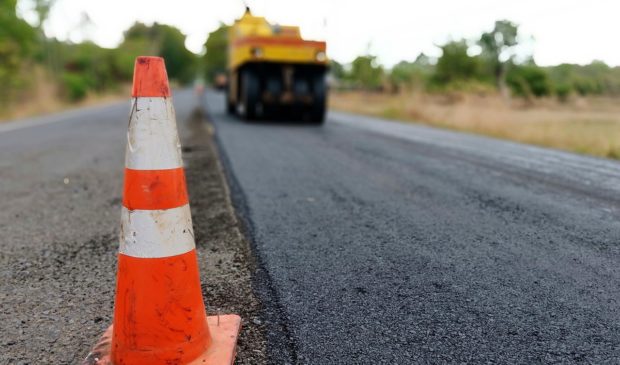Street impact fees making their way back to Council
Friday, June 14, 2019 by
Ryan Thornton Austin Transportation is proposing a one-time street impact fee for new developments to help the city pay for its growth in an equitable and transparent way.
After releasing a draft study earlier this week explaining how fees would be calculated and used, ATD staff joined the Mobility Committee on Thursday to provide further context.
Liane Miller, a senior business process consultant with ATD, said the calculation is essentially based on the city’s growth projections and roadway capacity projects.
“Very simply,” she said, “you take the cost of all of the projects, you divide it by the growth in terms of new service units – what is the new vehicle miles that has been generated by that growth – and that’s what gets you a maximum fee in each service area.”
Because state law limits the size of service areas for roadway facilities to six miles in length, Austin is divided into 17 unique service areas that will each be assigned a maximum fee per development unit based on that area’s current and predicted land use restrictions, topography and transportation needs. (Delineation of the service areas was one of several hangups the last time Council held a public hearing and considered street impact fees in October 2017.)
The state also mandates that those fees be spent on capital improvements and facility expansion costs, directly or indirectly. The money could be used for everything from surveys and studies to land acquisition, planning and construction.
If adopted, impact fee revenue will be allocated exclusively to improvements on streets and intersections listed in the Roadway Capacity Plan, which reflects both city- and state-owned roads found in the Street Network Map and Table appendix to the Austin Strategic Mobility Plan.
Miller said the department started collecting data for a street impact fee in late 2016 but had placed the process on pause while developing the roadway capacities projects in conjunction with the ASMP. With those now in place with adoption of the mobility plan, the department is now ready to bring its projections for growth and roadway capacity to Council for discussion and approval.
ATD will be asking Council next week to set a public hearing and vote on the draft study for Aug. 8.
Miller clarified that the vote in August is only to approve the working assumptions supporting the study and not an impact fee itself.
With the ASMP goals in mind, Council Member Paige Ellis questioned those assumptions.
“If we’re talking about knowing how new growth affects our traffic, where’s the flexibility in the shift to multimodal?” she asked. “How do you count that number if you have people who are trying to give up the single-occupancy trips?”
Miller said the department is now closer to site plan applications than in the past, allowing for a closer assessment of travel demand management features. If adequate TDM strategies are identified, making it easier for people to walk, bike or use transit, that applicant would qualify for impact fee reductions.
With the Land Development Code rewrite underway, Council Member Alison Alter raised a concern likely to resurface in later meetings about how the department made land use predictions about areas that could be seeing more growth than anticipated.
According to Miller, the department developed the growth assumptions in 2017 using the Imagine Austin Growth Concept Map as well as the city’s Future Land Use Map, among other resources, to help predict land use trends. While the ongoing development code rewrite will have an impact on growth patterns, Miller said that’s not a problem for the impact fee calculations.
The study is scheduled to be updated every five years to reconsider whether its 10-year projections are still on track.
The Austin Monitor’s work is made possible by donations from the community. Though our reporting covers donors from time to time, we are careful to keep business and editorial efforts separate while maintaining transparency. A complete list of donors is available here, and our code of ethics is explained here.
You're a community leader
And we’re honored you look to us for serious, in-depth news. You know a strong community needs local and dedicated watchdog reporting. We’re here for you and that won’t change. Now will you take the powerful next step and support our nonprofit news organization?




